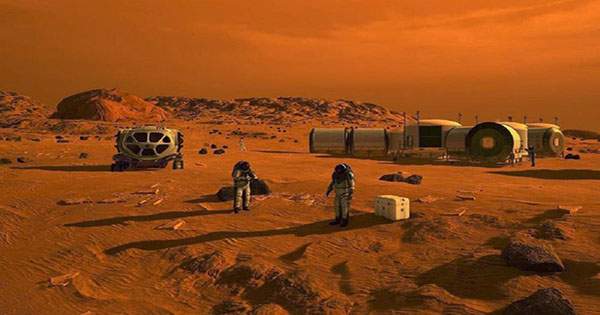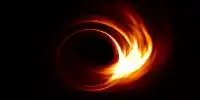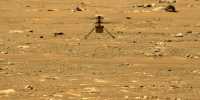Finding acceptable building materials is a key stumbling block for efforts to colonize space, but a solution could be found in astronauts’ blood. Although no one intends to sacrifice heroic explorers in order to establish settlements on other worlds, the concept sounds eerily similar to space vampires.
Transporting massive goods into Earth’s orbit, let alone longer missions is prohibitively expensive. A brick to Mars is estimated to cost $2 million, according to one estimate. Prices are likely to reduce, but the desire to employ locally sourced resources is clear.
There is plenty of regolith (loose rocks and dirt) on Mars, but it lacks an evident binding agent that may provide the bulk of future building materials. While “you can’t get blood from a stone,” you can get its proteins into one, according to a report published in Materials Today Bio, which analyzes the idea of receiving what is needed from astronauts’ own bodies.
Human serum albumin (HSA) was blended with the closest Earth analogs to Martian and lunar dust by first author Dr. Aled Roberts of the University of Manchester and colleagues. AstroCrete is the result of their efforts.
AstroCrete has a compression resistance of 25 megapascals, which is right in the middle of the range of concretes used on Earth and plenty for low Martian gravity. The researchers discovered that by adding urea to the urine, they could increase the compression strength to 40 MPa, allowing them to build golden cities on the Moon. Although astronauts may be hesitant to donate their blood serum to help build their new homes, urea, which is derived from the urine (as well as sweat and tears) in which it is emitted, should be plenty.
Roberts informs us that he is not a spy. “We never stopped to think that the answer might have been inside us all along,” he said in a statement. “Scientists have been trying to develop viable technologies to produce concrete-like materials on the surface of Mars, but we never stopped to think that the answer might have been inside us all along.”
HSA is produced by the human body at a rate of 12-25 grams (0.4-0.8 ounces) per day, and it may be safely removed many times per week utilizing medical equipment that would be transported to a new country otherwise. A team of six astronauts on a 72-week Mars mission could manufacture 250 kilograms (550 pounds) of AstroCrete without becoming anemic, according to the authors.
It wouldn’t be much of a legacy if the entire construction was made of AstroCrete, but the authors propose utilizing AstroCrete as mortar, maybe for regolith bricks fused with heat. As a result, each mission might construct enough lodging for one additional visitor.
















